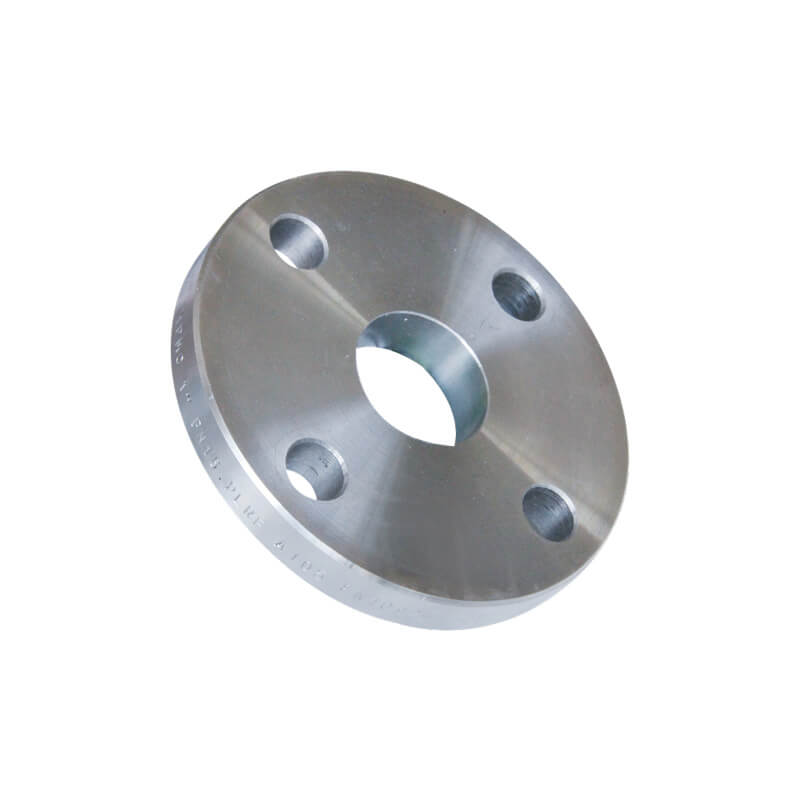-
Cangzhou Yulong Steel Co., Ltd.
-
Phone:
+86 13303177267 -
Email:
admin@ylsteelfittings.com
- English
- Arabic
- Italian
- Spanish
- Portuguese
- German
- kazakh
- Persian
- Greek
- French
- Russian
- Polish
- Thai
- Indonesian
- Vietnamese
- Zulu
- Korean
- Uzbek
- Hindi
- Serbian
- Malay
- Ukrainian
- Gujarati
- Haitian Creole
- hausa
- hawaiian
- Hebrew
- Miao
- Hungarian
- Icelandic
- igbo
- irish
- Japanese
- Javanese
- Kannada
- Khmer
- Rwandese
- Afrikaans
- Albanian
- Amharic
- Armenian
- Azerbaijani
- Basque
- Belarusian
- Bengali
- Bosnian
- Bulgarian
- Catalan
- Cebuano
- China
- China (Taiwan)
- Corsican
- Croatian
- Czech
- Danish
- Esperanto
- Estonian
- Finnish
- Frisian
- Galician
- Georgian
- Kurdish
- Kyrgyz
- Lao
- Latin
- Latvian
- Lithuanian
- Luxembourgish
- Macedonian
- Malgashi
- Malayalam
- Maltese
- Maori
- Marathi
- Mongolian
- Myanmar
- Nepali
- Norwegian
- Norwegian
- Occitan
- Pashto
- Dutch
- Punjabi
- Romanian
- Samoan
- Scottish Gaelic
- Sesotho
- Shona
- Sindhi
- Sinhala
- Slovak
- Slovenian
- Somali
- Sundanese
- Swahili
- Swedish
- Tagalog
- Tajik
- Tamil
- Tatar
- Telugu
- Turkish
- Turkmen
- Urdu
- Uighur
- Welsh
- Bantu
- Yiddish
- Yoruba

Oct . 31, 2024 15:20 Back to list
Concentric Reducers Utilizing Butt Weld for Optimal Flow and Connection Efficiency
Understanding Butt Weld Concentric Reducers A Comprehensive Overview
In the realm of piping systems, the design and functionality of components play a critical role in ensuring fluid flow efficiency and system reliability. One such essential component is the butt weld concentric reducer. This article delves into the significance, design, manufacturing process, and applications of butt weld concentric reducers in industrial settings.
What is a Butt Weld Concentric Reducer?
A butt weld concentric reducer is a pipe fitting used to connect two pipes of different diameters, facilitating a smooth transition from a larger diameter to a smaller one. The term concentric indicates that the reducer maintains a central axis between the connecting pipes, allowing for even flow distribution. Butt weld refers to the method of joining the reducer to pipes by welding their ends together, providing a strong and durable joint.
Design Features
The design of a butt weld concentric reducer is crucial for minimizing turbulence and pressure loss in the flow of liquids and gases. The reducer typically features a uniform taper, which allows fluid to transition smoothly from a wide diameter to a narrower one. Various standards govern the dimensions and specifications of reducers, such as ASME B16.9, which ensures consistency and compatibility with a range of piping systems.
Manufacturing Process
The manufacturing of butt weld concentric reducers involves several key steps. Initially, high-quality raw materials, such as stainless steel, carbon steel, or other alloys, are selected based on the intended application's requirements. The manufacturing process typically includes
butt weld concentric reducer

1. Material Preparation The selected metal is cut into the necessary shapes and sizes, ensuring that they meet the specifications. 2. Forming The metal is then heated and formed into the desired shape using techniques such as forging or stamping. 3. Welding The two ends of the reducer are prepared for welding, where precision and attention to detail are paramount. Butt welding creates a robust joint by fusing the edges of the pipes directly. 4. Finishing After welding, the reducer undergoes various finishing processes, including cleaning, inspection, and sometimes coating to enhance corrosion resistance.
Applications
Butt weld concentric reducers are widely used across numerous industries, including oil and gas, petrochemicals, water treatment, and HVAC systems. Their ability to maintain flow efficiency makes them ideal for
- Pipeline Systems Connecting pipelines of varying sizes to regulate flow and pressure in oil and gas transportation. - Water Supply Facilitating the distribution of water in municipal supply systems while minimizing pressure drops. - Chemical Processing Assisting in the transfer of chemicals where changes in pressure and flow dynamics are common.
Advantages of Using Butt Weld Concentric Reducers
One notable advantage of butt weld concentric reducers is their structural integrity. The welding process ensures a seamless joint, reducing the likelihood of leaks. Additionally, the concentric design helps in maintaining flow velocity and direction, preventing turbulence that could disrupt the system's operational efficiency. Their durability makes them suitable for high-pressure applications, further enhancing their applicability across various sectors.
Conclusion
In summary, the butt weld concentric reducer is a pivotal component in modern piping systems. Its design, manufacturing processes, and wide range of applications underscore the importance of this fitting in facilitating efficient fluid flow. As industries continue to evolve and demand more reliable and efficient systems, the role of butt weld concentric reducers will undoubtedly remain integral to achieving these goals. Understanding their significance can lead to better-informed decisions in piping design and installation, ultimately contributing to the success of industrial operations.
Latest news
-
ANSI 150P SS304 SO FLANGE
NewsFeb.14,2025
-
ASTM A333GR6 STEEL PIPE
NewsJan.20,2025
-
ANSI B16.5 WELDING NECK FLANGE
NewsJan.15,2026
-
ANSI B16.5 SLIP-ON FLANGE
NewsApr.19,2024
-
SABS 1123 FLANGE
NewsJan.15,2025
-
DIN86044 PLATE FLANGE
NewsApr.19,2024
-
DIN2527 BLIND FLANGE
NewsApr.12,2024
-
JIS B2311 Butt-Welding Fittings LR/SR 45°/90° /180°Seamless/Weld
NewsApr.23,2024











